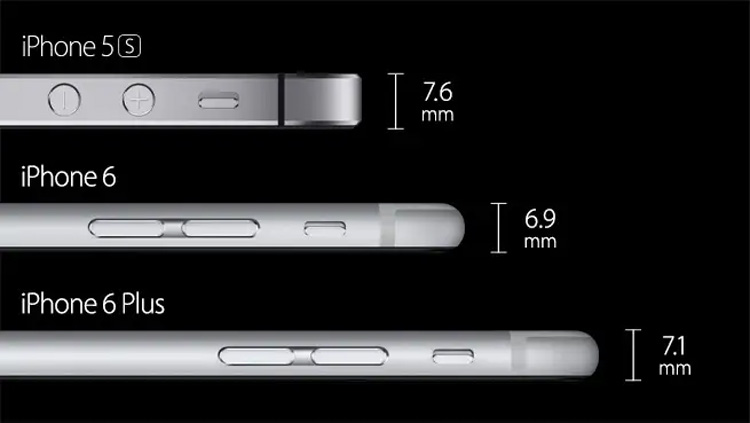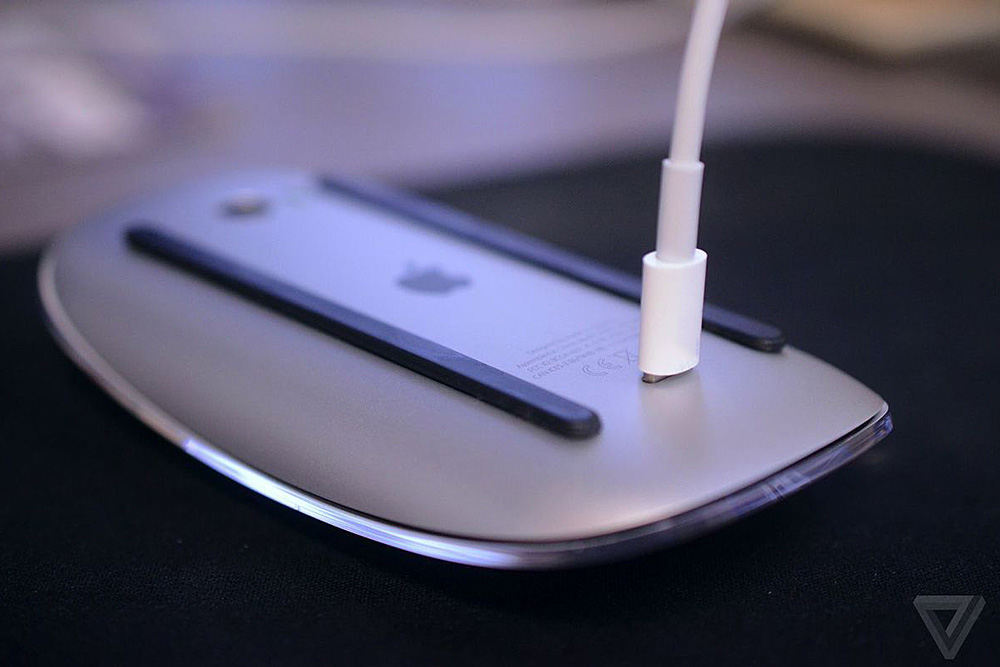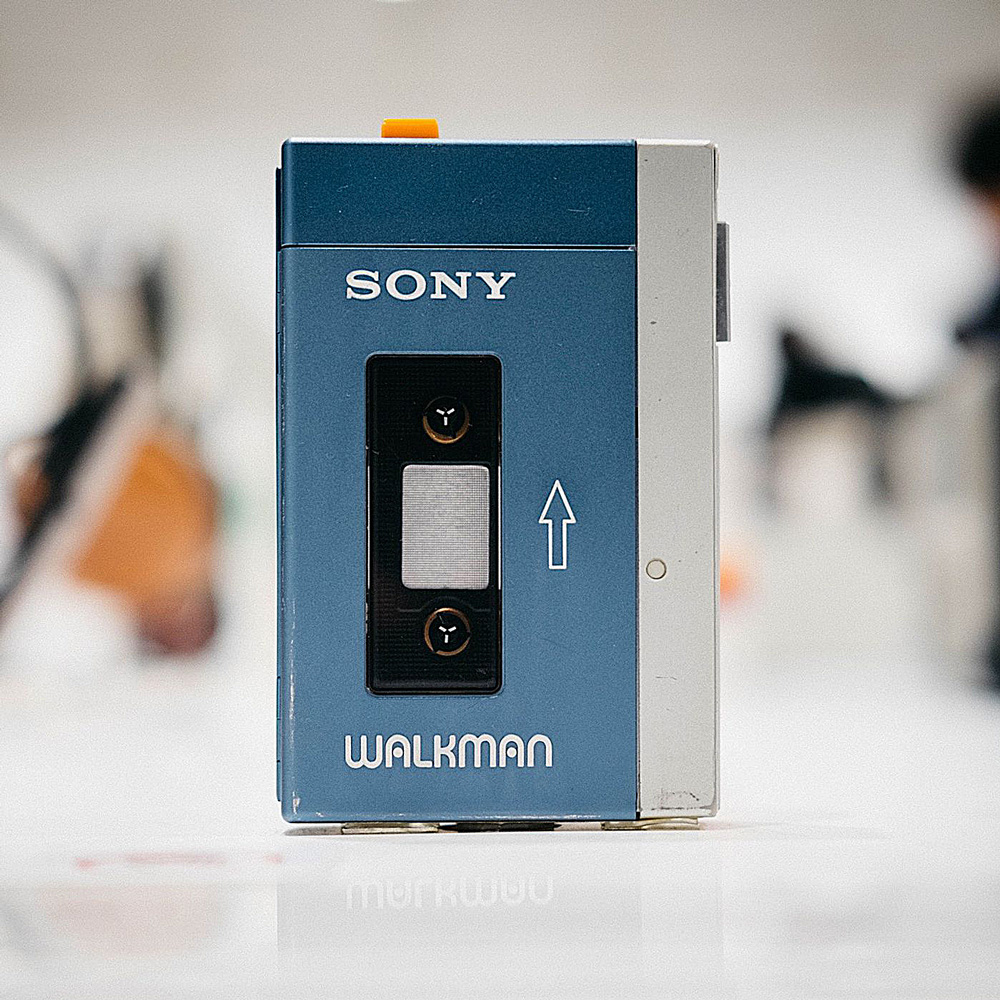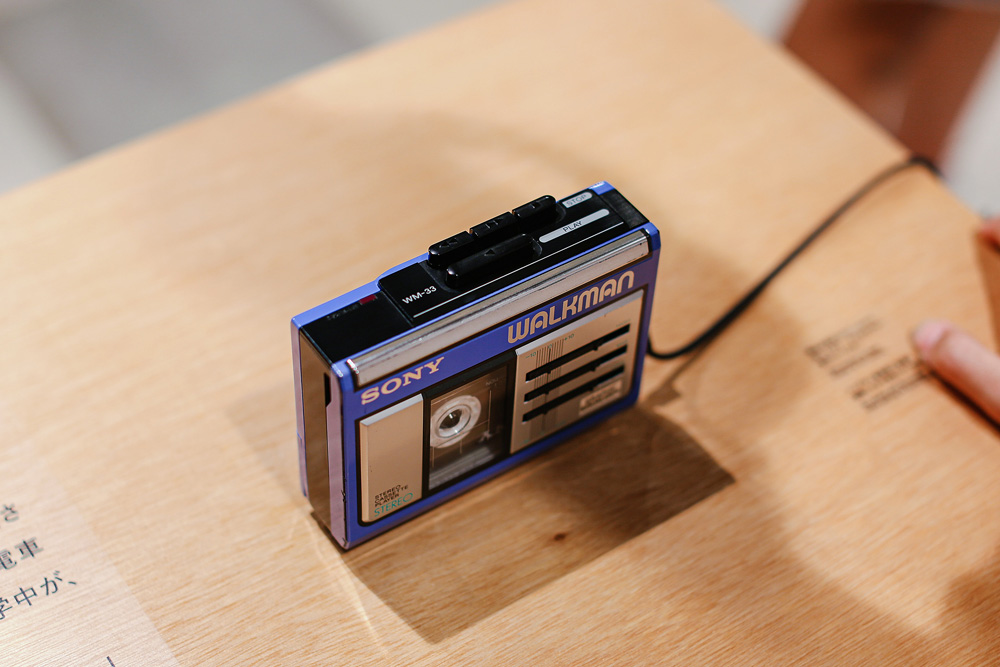...beautifully designed things that simply don't work.
When you think about design, you think about user experience, materials, aesthetics and how everything blends together, which are crucial as they have to compliment each other in a balanced manner.
They have to intertwine and be interdependent on one another. This is where form meets function. But this is something that is slowly becoming skewed into a majority of today’s design where form is dominating function. Especially in technology industry such as phones, laptops and TV’s.
Designs that came out before the 2000’s excelled at this. Products before the 2000s era held the term “form follows function” as the fundamental principle where they were so well designed with their primary focus being function that their use became intuitive. Products such as the Original iPod (2001), Dyson Hoover or the Casio calculator watches are proof of where Function and form hold hands providing a harmonious user experience. This is something that Dieter Rams believed in, which reflects on his philosophy of constructing a product that is useful above all else. During his time at Braun, Dieter rams ensured that any products he designed would not be passed through to the assembly line without the intense focus on function over form. Rams’ philosophy of usability-over-aesthetics actually influenced the modern minimalist design movement.
Apple Mouse
Take the Apple Magic Mouse 2 as an example. It’s a lovely thing right, until the battery runs down; then you have to upend it and plug the power cable into the base. At which point it’s about as fit for purpose as a tortoise rolled onto its back.
The Sony Walkman is another example where function and form meet. The Walkman became the 80’s icon and it made Sony the undisputed champion of the portable music industry.
The device had a wide variety of features such as, the second headphone jack which allowed the user to connect not one but two headsets to share with a friend as well as enabling the two listeners to talk to each other through the microphone. This allowed the user to share their music with a friend.
The Walkman had such a minimal design accompanied by tactile controls; the satisfying ‘click’ sound as you pressed the buttons. The original design of this cassette player has without a doubt stood the test of time by cementing itself as one of the ultimate design classics and a place in the design museum. The Walkman fulfilled the role of allowing users to listen to music on the go, providing all the necessary functions and designed to compliment this. The release of the Sony Walkman had shaped the history of portable music design.
The balance between aesthetics and functionality is clearly becoming skewed in some modern designs that the functionality aspects is becoming neglected. This is due to the necessity of marketability and how photogenic products are becoming to the consumers.
So how has design changed so significantly in the past few decades? Well, the market. The consumer expectations have increased. It wasn’t that long ago where users expectation of a product was for it to be functional and usable, consumers now seek products which are more appealing to the eye. They want to experiences pleasure and stimulate their senses. There are cases where aesthetics need to be sacrificed due to limitations but this was more evident in previous designs whereas now it seems that tech giants are designing where aesthetics dominate the usability aspects.
“Good design is making something intelligible and memorable. Great design is making something Memorable and meaningful”
- Dieter Rams
This evident for products such as the iPod Shuffle 3rd Generation which launched in March 11th 2009. By glancing at this diminutive metal housing, how is the user meant to interpret its function? There are no clues to suggest that this tiny device plays songs. It seems that the designers at Apple had designed the 3rd Generation iPod shuffle as what seems to be, a subtle joke on the term “Form follows function”. The shuffle failed to reflect its more important role of storing and playing thousands of songs. Yet due to the aesthetics and small size, Apple sold approximately 20 million units in the first quarter and second quarter combined in comparison to the competitors.
Smartphones are no saints in this region either. The war for the thinnest phone and the ‘best camera’ pursued for years, since the initial release of the iPhone in 2007. But now, we have come to a point where smartphones are hard to differentiate, all phones are beginning to look identical and share
similar functionality. Case in point, Samsung, Apple and many major tech companies have over the years experimented with materials, size and design — they have now reached a monotonous balance where phones have a metal body available in silver/gold/ black, similar screen size.
It has become stale. Besides this, they have removed features such as, headphone jack (iPhone 7/8/X) and the placement of fingerprint readers (Samsung S8) this is due to making phones slimmer and more aesthetically pleasing. As a result of these changes Apple’s iPhone sales dropped from 78.29 million (Q3 2016) to 50.75 million.

(source: TheAllState)

(source: Business Insider)
Technology has also changed how products are designed (Fast Company, 2009) (12). Not long ago consumer products had more complexity to them and the shape of those designs were defined by the mechanical parts that made them work. TV housing would had funny bumps on the back, radios which had huge capacitors in them. So products back then had a very characteristic shape and what’s happened in the past decade is we have moved past mechanical components to digital components and all that sense of personality has now disappeared. Essentially, now everything could be accomplished and contained in a little box (Maeda, 2006) (13). As a result of this industrial designers now have to develop forms which have meaning and to try and fabricate a sense of character that previous designs had.
As a designer, I believe consumers expectation of products is constantly changing and the products we use are shifting greatly as time progresses.
Due to technology and marketing consumer electronics design such as the iPhone, tablets, laptops, TV’s and many more are relegated to detailing boxes through subtle variation, material choice and colour. The expression of function no longer applies in these forms, it resides in the way use them and the interface.



